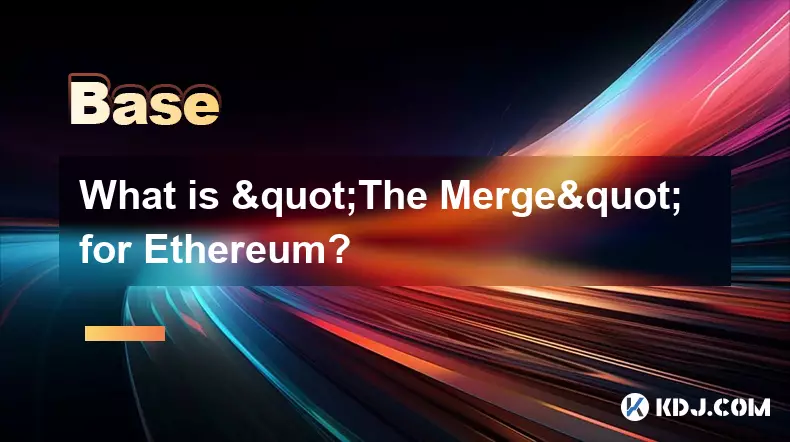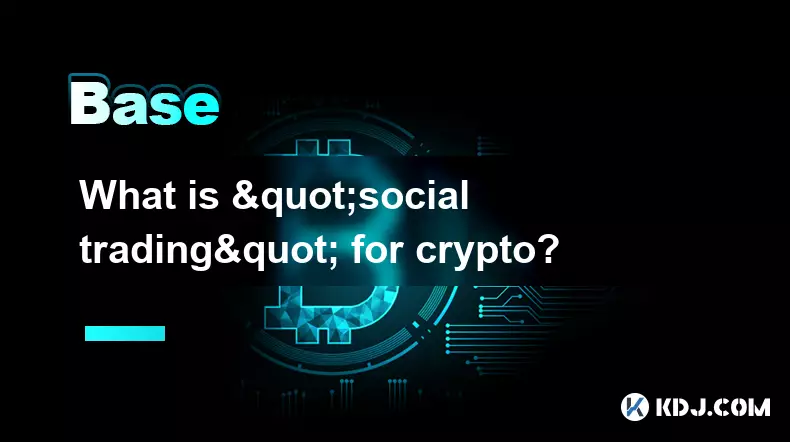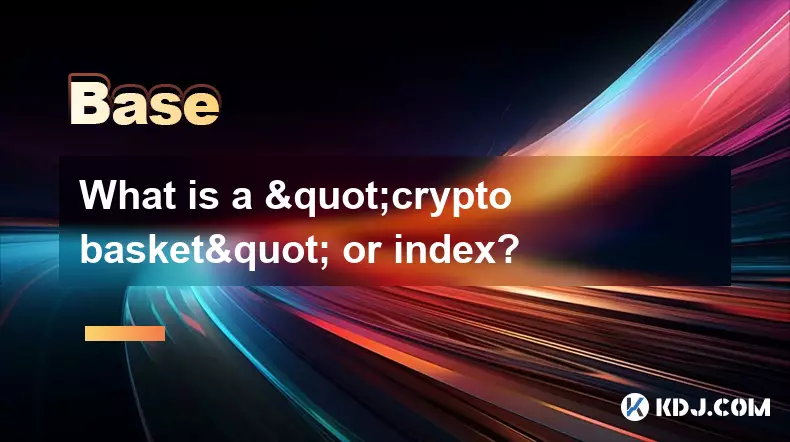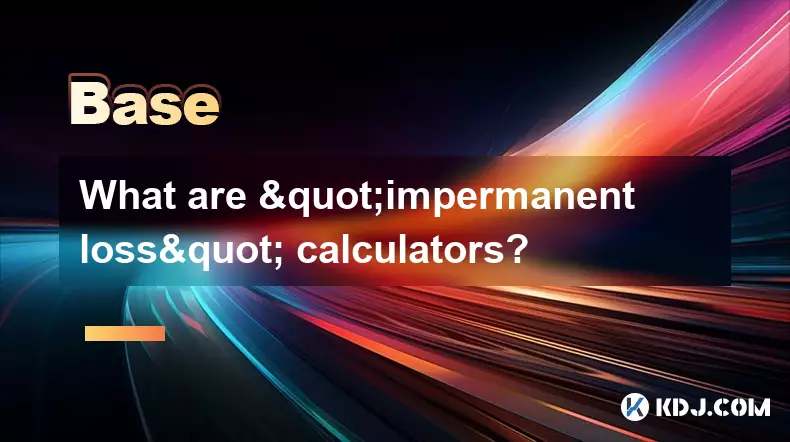-
 Bitcoin
Bitcoin $110000
-1.96% -
 Ethereum
Ethereum $4290
-4.05% -
 Tether USDt
Tether USDt $1.000
0.01% -
 XRP
XRP $2.806
-1.93% -
 BNB
BNB $844.4
-1.88% -
 Solana
Solana $203.5
-3.22% -
 USDC
USDC $0.9999
0.01% -
 Dogecoin
Dogecoin $0.2119
-3.44% -
 TRON
TRON $0.3347
-1.84% -
 Cardano
Cardano $0.8071
-3.99% -
 Chainlink
Chainlink $22.39
-5.73% -
 Hyperliquid
Hyperliquid $45.07
-2.08% -
 Ethena USDe
Ethena USDe $1.001
0.01% -
 Bitcoin Cash
Bitcoin Cash $585.2
-1.91% -
 Sui
Sui $3.250
-3.97% -
 Stellar
Stellar $0.3530
-3.10% -
 Avalanche
Avalanche $24.40
-3.60% -
 Hedera
Hedera $0.2118
-4.15% -
 Cronos
Cronos $0.2643
-4.99% -
 UNUS SED LEO
UNUS SED LEO $9.514
0.10% -
 Litecoin
Litecoin $109.9
-2.51% -
 Toncoin
Toncoin $3.095
-2.26% -
 Shiba Inu
Shiba Inu $0.00001206
-3.89% -
 Polkadot
Polkadot $3.751
-3.35% -
 Uniswap
Uniswap $9.214
-5.03% -
 Dai
Dai $0.9999
-0.01% -
 Monero
Monero $268.5
-0.59% -
 Aave
Aave $308.8
-5.24% -
 Bitget Token
Bitget Token $4.810
-3.43% -
 World Liberty Financial
World Liberty Financial $0.1765
-19.97%
What is "The Merge" for Ethereum?
Ethereum's shift to proof-of-stake via The Merge cut energy use by 99%, replacing miners with validators and staking, enhancing security and sustainability.
Sep 03, 2025 at 12:36 pm

Understanding Ethereum's Transition to Proof-of-Stake
1. Ethereum underwent a major network upgrade known as 'The Merge' in September 2022, marking the most significant transformation in its history. This event signified the end of Ethereum’s reliance on the energy-intensive proof-of-work (PoW) consensus mechanism, which had been in place since the network's inception in 2015. Instead, Ethereum transitioned fully to a proof-of-stake (PoS) model, fundamentally altering how blocks are validated and secured.
2. The Merge was not a standalone event but the culmination of years of research, testing, and phased rollouts. It involved merging Ethereum’s original execution layer, where transactions occur, with the Beacon Chain, a separate PoS blockchain launched in December 2020. This integration allowed Ethereum to process transactions using staked ether rather than computational power, drastically reducing energy consumption by over 99%.
3. Validators replaced miners in the new system. Instead of solving complex cryptographic puzzles, validators are chosen to propose and attest to blocks based on the amount of ether they stake and their reliability. To become a validator, a user must deposit 32 ETH into a designated smart contract, ensuring skin in the game and discouraging malicious behavior.
4. The shift to PoS improved network security through economic incentives. Misconduct by a validator—such as attempting to validate fraudulent transactions—results in partial or full loss of their staked ETH, a process known as slashing. This creates a strong deterrent against attacks and promotes honest participation across the network.
5. The Merge did not introduce immediate scalability improvements for end users, such as lower fees or faster transactions. Its primary goal was to overhaul the underlying consensus mechanism. Scalability upgrades, like shard chains and rollups, are part of subsequent development phases planned after The Merge.
Environmental and Economic Impacts
1. One of the most immediate effects of The Merge was the dramatic reduction in Ethereum’s carbon footprint. Under PoW, miners operated vast data centers consuming electricity on par with small countries. With PoS, the energy required to secure the network became negligible, aligning Ethereum with global sustainability goals and reshaping public perception of blockchain technology.
2. The economic model of ether evolved post-Merge. Issuance rates decreased because PoS requires fewer new tokens to incentivize participation compared to PoW. This deflationary pressure, combined with transaction fee burning introduced in the EIP-1559 upgrade, has led to periods where the total supply of ETH actually decreased, potentially increasing scarcity and long-term value.
3. Staking became more accessible through liquid staking derivatives like Lido’s stETH and Rocket Pool’s rETH. These tokens represent staked ETH while allowing users to retain liquidity, enabling them to participate in DeFi protocols without unlocking their stake. This innovation expanded the utility of staked assets and deepened the ecosystem’s financial layer.
4. Centralization concerns emerged as large staking pools, including exchanges and institutional providers, began controlling significant portions of the network’s staked supply. While decentralization remains a core principle, the ease of using centralized services poses risks if a small number of entities gain disproportionate influence over block validation.
5. The Merge solidified Ethereum’s position as a leader in blockchain innovation, demonstrating that large-scale, secure, and environmentally responsible networks are achievable without sacrificing decentralization.
Post-Merge Network Dynamics
1. Finality in block confirmation improved under PoS. The Beacon Chain introduced epochs and slots, allowing the network to finalize blocks in approximately 6.4 minutes under normal conditions. This predictability enhances user experience and strengthens confidence in transaction irreversibility.
2. The role of client diversity became more critical. Validators run software clients such as Teku, Lighthouse, or Nimbus to interact with the network. Overreliance on a single client poses systemic risks, as bugs or exploits could affect a large portion of validators simultaneously. The community actively promotes client diversity to safeguard network resilience.
3. Withdrawal functionality was not enabled immediately after The Merge. Users could stake ETH but not withdraw it until the Shanghai upgrade in April 2023. This delay was necessary to ensure network stability and prevent potential disruptions during the transition phase.
4. The security budget—the total value paid to validators annually—shifted from block rewards funded by new issuance to a combination of base rewards and transaction tips. This change tied validator compensation more closely to network usage, creating a sustainable economic model aligned with long-term growth.
5. Ethereum’s successful transition proved that decentralized networks can undergo radical architectural changes without hard forking into competing chains, maintaining continuity and trust among users and developers.
Frequently Asked Questions
What happened to Ethereum miners after The Merge?Ethereum miners ceased operations as PoW was abandoned. Some migrated to alternative PoW blockchains like Ethereum Classic or Ravencoin, while others repurposed their hardware or exited the space entirely.
Can anyone still mine Ethereum today?No. Mining Ethereum is no longer possible. The network exclusively uses proof-of-stake for block validation, rendering mining obsolete on the mainnet.
How does staking work after The Merge?Users can stake ETH by running their own validator node or using staking services. Rewards are distributed based on contribution and network conditions, with penalties for downtime or misbehavior.
Did The Merge make gas fees cheaper?Not directly. Gas fees are determined by network demand and block space availability. The Merge focused on consensus, not scalability. Fee reductions depend on future layer-2 solutions and protocol upgrades.
Disclaimer:info@kdj.com
The information provided is not trading advice. kdj.com does not assume any responsibility for any investments made based on the information provided in this article. Cryptocurrencies are highly volatile and it is highly recommended that you invest with caution after thorough research!
If you believe that the content used on this website infringes your copyright, please contact us immediately (info@kdj.com) and we will delete it promptly.
- Arctic Pablo Coin, Pudgy Penguins, Mog Coin, and Avalanche: Navigating the Meme Coin Mania in NYC
- 2025-09-05 02:45:17
- Bitcoin Buying Spree: Whales, Unlocks, and Market Impact - What's Next?
- 2025-09-05 02:25:15
- BlockchainFX: Your Ticket to Crypto Investment and Passive Income Nirvana
- 2025-09-05 03:05:12
- Cryptos to Explode in Late 2025: Meme Coins, DeFi, and More!
- 2025-09-05 03:45:14
- Ripple's RLUSD Stablecoin Expands into Africa: A Game Changer?
- 2025-09-05 02:45:17
- Central Banks, Stablecoins, and Regulation: Navigating the New Financial Frontier
- 2025-09-05 03:45:14
Related knowledge

What is "backtesting" a crypto trading strategy?
Sep 03,2025 at 10:55am
Understanding Backtesting in Crypto TradingBacktesting is the process of evaluating a trading strategy by applying it to historical market data. Trade...

What is a "crypto trading bot" and do they work?
Sep 02,2025 at 04:19pm
Understanding Crypto Trading Bots1. A crypto trading bot is a software application designed to automate the process of buying and selling cryptocurren...

What is a "copy trading" platform?
Sep 02,2025 at 07:00pm
Understanding Copy Trading in the Cryptocurrency Space1. A copy trading platform allows users to automatically replicate the trades of experienced inv...

What is "social trading" for crypto?
Sep 03,2025 at 09:00pm
Understanding Social Trading in the Cryptocurrency Space1. Social trading refers to a method where investors observe, follow, and automatically replic...

What is a "crypto basket" or index?
Sep 03,2025 at 07:01am
Understanding Crypto Baskets and Their Role in Digital Asset Investment1. A crypto basket refers to a curated collection of multiple cryptocurrencies ...

What are "impermanent loss" calculators?
Sep 03,2025 at 12:00pm
Understanding Impermanent Loss in Decentralized Finance1. Impermanent loss is a phenomenon that affects liquidity providers in decentralized exchanges...

What is "backtesting" a crypto trading strategy?
Sep 03,2025 at 10:55am
Understanding Backtesting in Crypto TradingBacktesting is the process of evaluating a trading strategy by applying it to historical market data. Trade...

What is a "crypto trading bot" and do they work?
Sep 02,2025 at 04:19pm
Understanding Crypto Trading Bots1. A crypto trading bot is a software application designed to automate the process of buying and selling cryptocurren...

What is a "copy trading" platform?
Sep 02,2025 at 07:00pm
Understanding Copy Trading in the Cryptocurrency Space1. A copy trading platform allows users to automatically replicate the trades of experienced inv...

What is "social trading" for crypto?
Sep 03,2025 at 09:00pm
Understanding Social Trading in the Cryptocurrency Space1. Social trading refers to a method where investors observe, follow, and automatically replic...

What is a "crypto basket" or index?
Sep 03,2025 at 07:01am
Understanding Crypto Baskets and Their Role in Digital Asset Investment1. A crypto basket refers to a curated collection of multiple cryptocurrencies ...

What are "impermanent loss" calculators?
Sep 03,2025 at 12:00pm
Understanding Impermanent Loss in Decentralized Finance1. Impermanent loss is a phenomenon that affects liquidity providers in decentralized exchanges...
See all articles

























































































